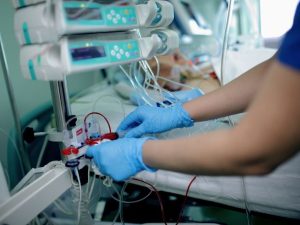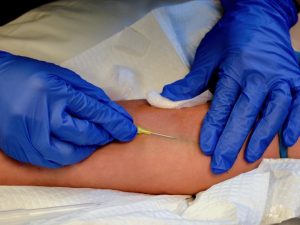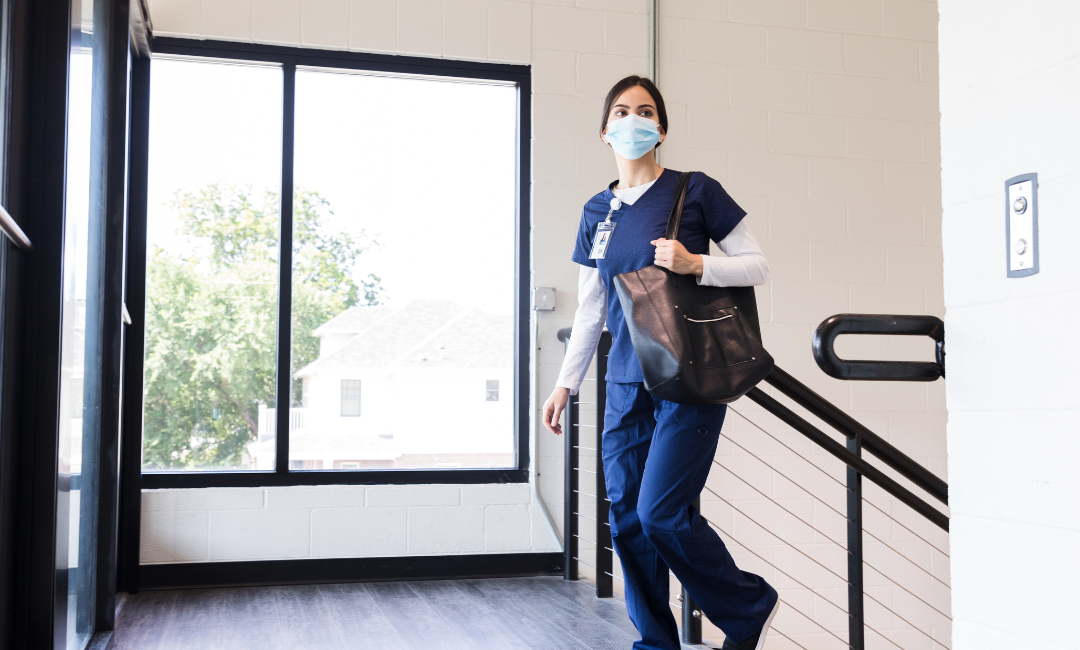What Is an RRT Nurse?
An RRT nurse is a “rapid response team nurse” and is part of a medical team that includes other health care professionals trained in critical care who can respond to a medical emergency in the hospital.
Sometimes they are called a “MERT” or “medical emergency response team”. Each hospital may have their own internal code system or name, but each facility should have a clearly trained and identified critical response team.
The team can include a critical care nurse, respiratory therapist, pharmacist, and emergency room physician who can respond with quick actions and orders needed to prevent a medical emergency from turning into a cardiac or respiratory arrest.
The goal is to have a trained internal hospital team as a resource for nurses who are not working on a critical care unit can call for help.
Nursing is a truly a team sport and we need the smart insights of each other. When patient to nurse ratios are high it is difficult for a nurse to give undivided attention to each patient and when that nurse needs help, it is valuable to have an RRT. An RRT nurse is one who has a regular patient assignment but is asked to join the rapid response team when called to help in an emergency.
Nurses should be able to recognize when the patient is trending downward who needs additional help. When a nurse recognizes worsening vital signs or a deteriorating patient condition, the primary nurse can call a rapid response team or MERT, which dispatches the team to the bedside of the primary nurse. The primary nurse then summarizes through a clear and objective SBAR format the current situation so the team can collectively come up with ideas and a plan of action.
SBAR stands for situation, background, assessment, and recommendation and is a simple format used in most healthcare facilities to communicate patient information quickly to another healthcare professional.
The RRT nurse is there to assist with possible solutions to the problem and carrying out additional orders. Sometimes just having a RRT nurse and team members to see the situation from different perspectives can help identify the problem.
Ideally, critical care nurses are more experienced nurses with critical care training and can identify a problem quickly, whereas a non-critical care unit may have younger nurses who need additional guidance. Together patient outcomes can be improved.
Often the rapid response nurse helps in the transition of a patient from the unit they are on to a critical unit should the need for a higher level of care be required. The RRT nurse can then serve as a link between the two units to help with a faster transition.









